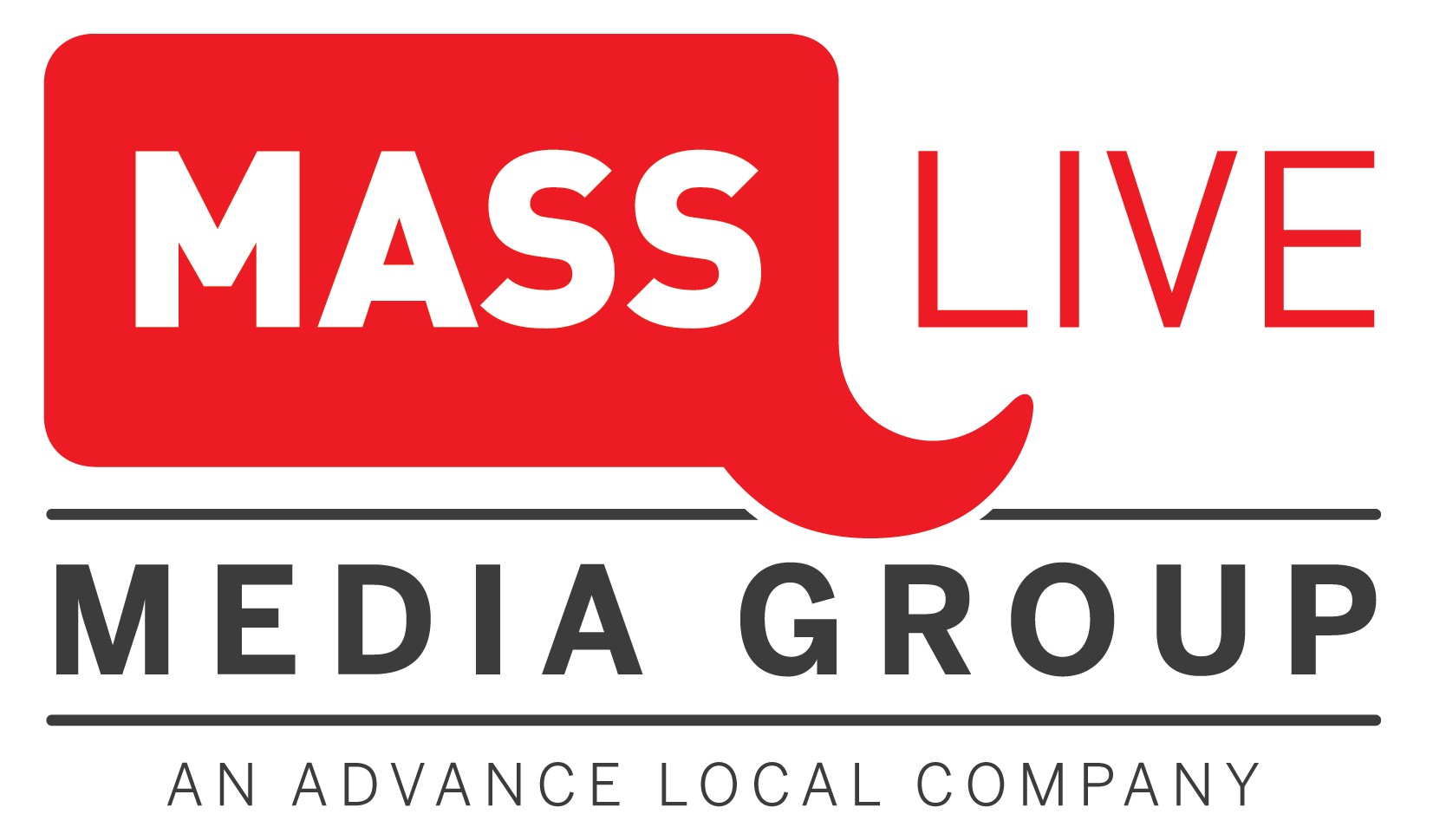The 7 P’s of marketing include product, price, promotion, place, people, process, and physical evidence. Moreover, these seven elements comprise the marketing mix. This mix strategically places a business in the market and can be used with varying levels of force. This is to ensure the target audience is satisfied, value perception is accurate, and to stand out from competitors. Implementing these P’s in the best way you see fit for your company can become extremely beneficial, but you must completely understand each piece of the 7 P’s puzzle first.
Product
The first P stands for product. As you can probably guess, this is referring to the products or services a business is offering. Decisions within this element include a product or service’s purpose, how a product looks, packaging, any warranties, and more. Additionally, when focusing in on the first P, you need to think deeply about consumers. Consumers need to know what is included, what they can get out of it, what need or want it fulfills, and why your product or service is better than the competition.
Price
Price encompasses the entire pricing methodology for products or services, and how customers will react to it. Furthermore, this segment goes into depths beyond selling prices. Price includes discounts, terms, fees, and so on. When arranging pricing, you should consider your business’ current position among other competitors. If you advertise as having a very high-quality product, your pricing should reflect that claim.
Promotion
Promotion is essentially the act of marketing directly to consumers. This P covers the idea of making your product or service known to the public. Furthermore, this could be in the forms of various advertisements, SEO, SEM, sponsorship, etc. It is key to make your product known to acquire new customers—increasing sales.
Place
This P encompasses many locations—where a product is made, viewed in ads, distributed, and sold. You need to ensure that customers can find your product or service with ease. Furthermore, it needs be available to consumers at the right place and the right time. You can use this P step to consider selling products through e-commerce, in-store, or through third-party means.
People
People are not just those who you are selling and advertising to. It includes staff, salespeople, customer service teams, and anyone involved in the marketing and sales processes. You want your employees to be effective and perceived positively by customers.
Process
This step refers to the delivery of your product or service to a customer. Maps need to made to outline functions, activities, tasks, and processes. Doing so keeps your processes functioning smoothly and efficiently. Check your processes frequently to guarantee they are simple and increasing your ability to generate revenue. This step may come with many trial and error phases.
Physical Evidence
Your consumer should always receive something physical to validate their purchase. Consider how braces give you straight teeth, hairdressers give you a new look, and receipts are proof of a purchase. People like to receive something that evokes their senses to confirm that they have gotten a product or service, even if it is just the receipt. This tangible item validates the experience of purchasing and fosters a sense of value from that purchase.
Need help developing your marketing strategy with the 7 P’s in mind? Let’s talk.



 Ad Choices
Ad Choices